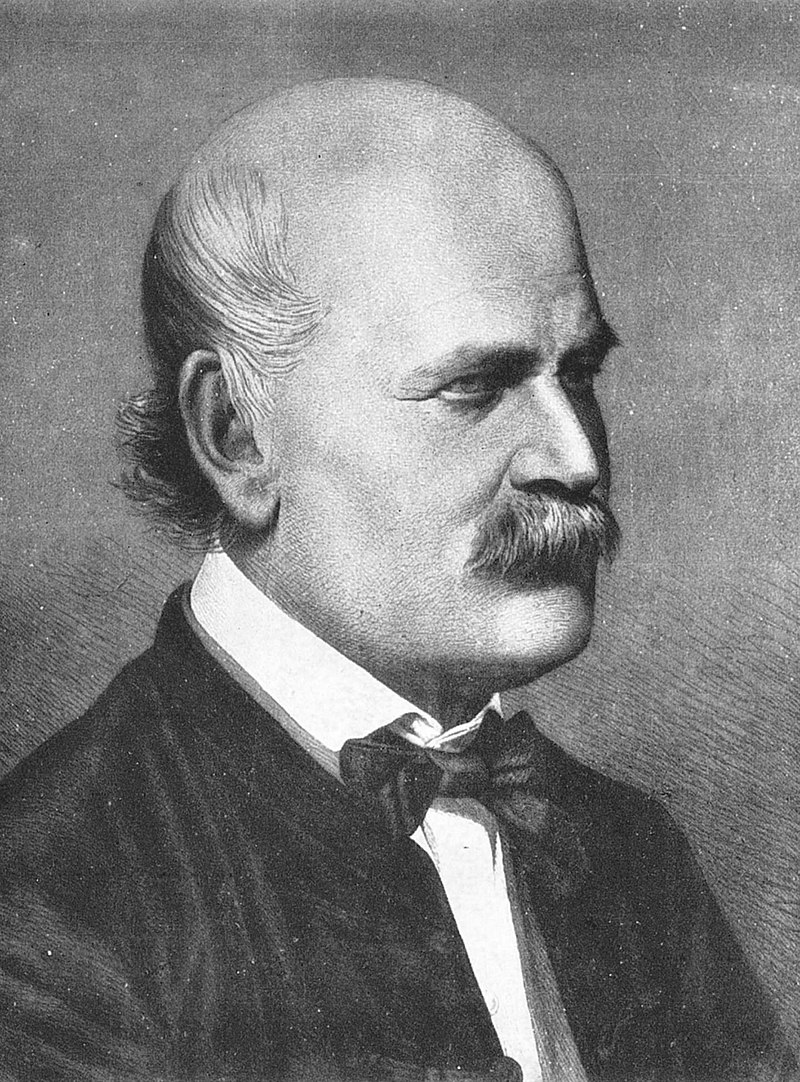Costa Rica is a nation with 5 million people. Nicaragua is to the north and Panama to the south. Costa Rica has no army and is a strong ally of the United States. They support the United States in the area of democracy and human rights. Both countries also share concerns for the environment. Jonas talked about these two areas throughout the 9 day tour. Costa Rica enjoys free education and healthcare for all citizens. Minimum wages are higher that in the two neighboring countries.
We heard stories about the "Octopus" of Costa Rica Minor Cooper Keith whose railroad, commercial agriculture and shipping enterprises much influenced the economy of the country.
We all heard of names such as Del Monte, Dole, Chiquita. We saw the fields of bananas, pineapples and papaya and we had them for breakfast each morning.
We heard stories about Oscar Arias Sanchez. He won the Nobel prize for peace in 1987 for his part in achieving the peace agreement in Central America in that year. It took an 85 hour (!) meeting to sign the peace agreement. I am going to look for his biography made for TV.
We also heard stories of the drug trade moving drugs from South to North and money from North to South.
The Pan American highway is a four lane highway being completed now.
Here is our bus: We spent many hours on this bus listening to our tour manager Jonas and asking him any question we could think of.
The Pan American highway is a four lane highway being completed now.
Here is our bus: We spent many hours on this bus listening to our tour manager Jonas and asking him any question we could think of.
I now know so much more about this part of the world!
Thank you Jonas Gonzalez!
Thank you Jonas Gonzalez!
















































